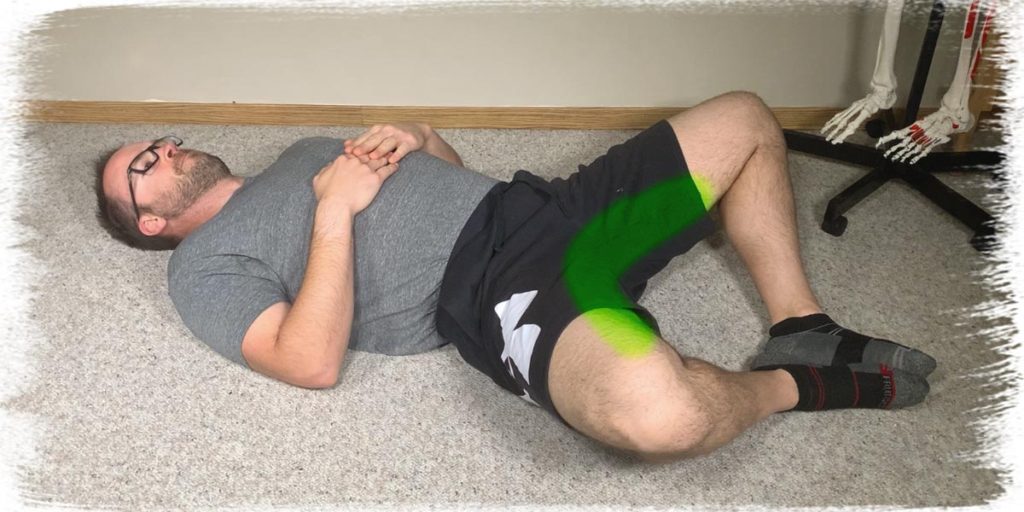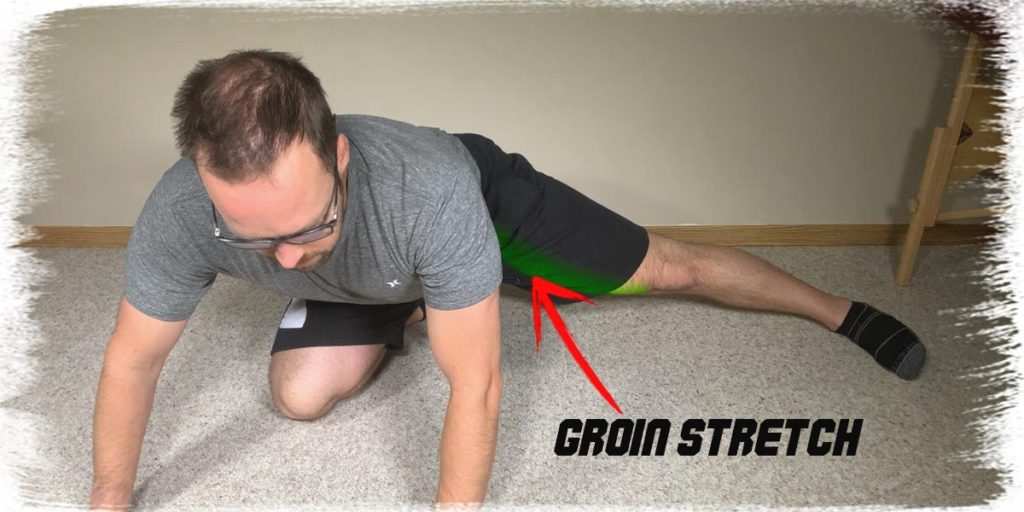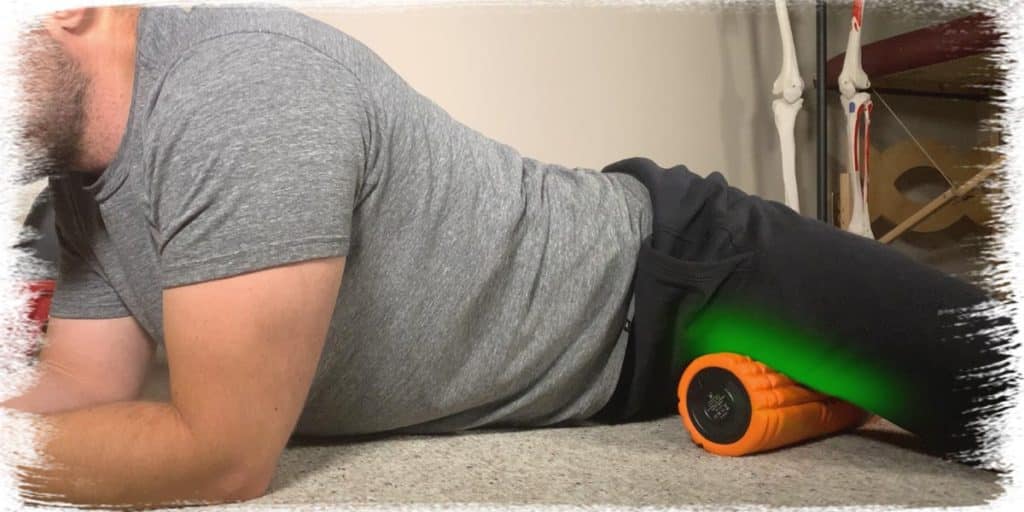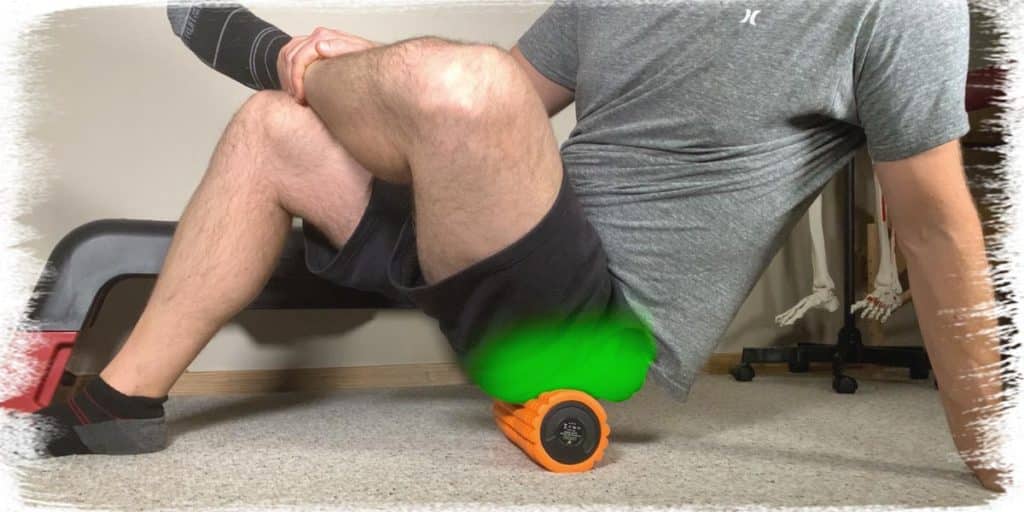The pelvic floor — everyone has one, regardless of whether or not you’re a gal or a guy. And while there is a lot of great pelvic floor information out there for the gals, there’s an unfortunate lack of information for us guys. But, fear not! This article has got you covered if you’re a guy who needs instructions on how to get your tight pelvic floor muscles to chill out.
For men to relax their pelvic floor musculature effectively, they should:
- Release surrounding tissues
- Get control over any chronic stress and anxiety
- Massage their abdominal fascia
- Perform diaphragmatic breathing
- Perform specific pelvic floor relaxation exercises
- Consider seeing a pelvic floor physical therapist
To get the specifics of each one of these steps, be sure to keep reading!
Now, keep in mind that while I’m not a pelvic floor specialist (my specialty is orthopedics), my fellow colleague and good friend, Kelsey Drew (MScPT), is. And man, this girl is wicked-passionate and knowledgeable with this topic. So, as a means to better serve you, I’ve enlisted her and her expertise to help us guys know exactly what we need to do to get our pelvic floor muscles under control.
So, if you want to know what she has to say on this topic (which is some seriously helpful professional insight), then keep on reading!
Also, for more of Kelsey’s insight, check out her Instagram handle at: kelseydrew.pt
ARTICLE OVERVIEW (Quick Links)
Click/tap on any of the following headlines to instantly jump to that section of the article.
• What is the pelvic floor?
• Step 1: Release tissue around the pelvic girdle
• Step 2: Take control over stress & anxiety
• Step 3: Go for the abdominal fascia
• Step 4: Perform diaphragmatic breathing
• Step 5: Do this pelvic floor relaxation exercise
• Step 6: Seeing a specialist
Related article: Here’s How Often to Do Pelvic Floor Exercises (A Specialist Explains)
Disclaimer: While Kelsey and I are physical therapists, we are not YOUR physical therapists. As a result, we cannot tell you whether or not any treatments mentioned on this website or in this article may or may not be appropriate for you, including pelvic floor exercises. By following any information within this post, you are doing so at your own risk. You are advised to seek appropriate medical advice for any pain you may be experiencing.
What is the pelvic floor?
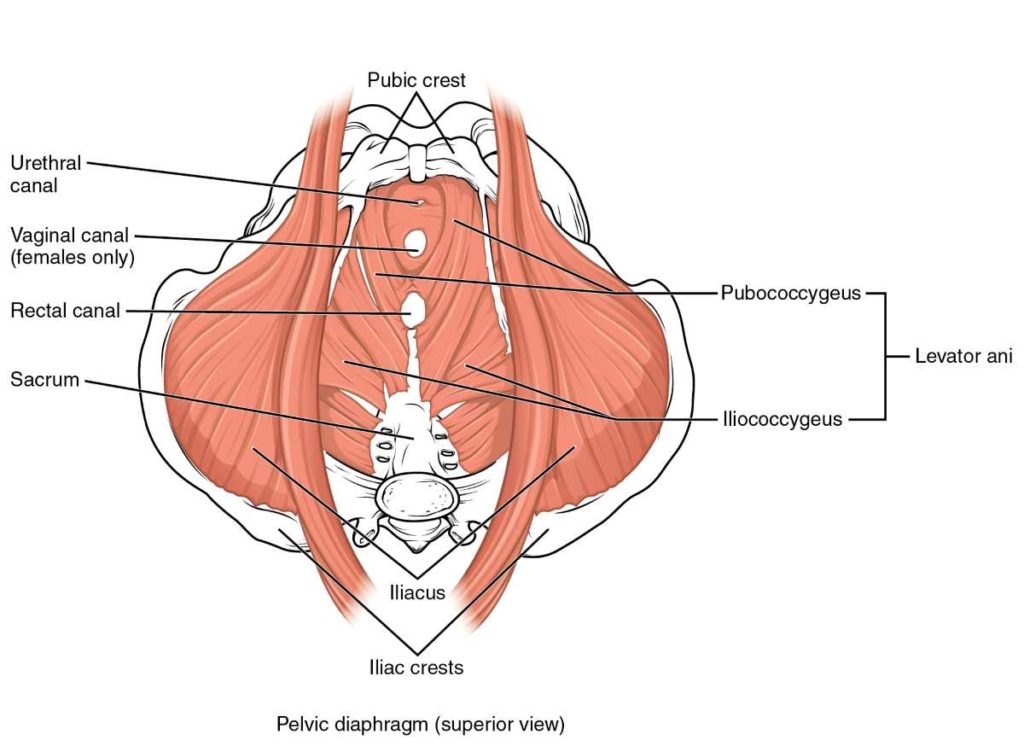
Concisely put, the pelvic floor is a “hammock of muscles” that sits inside the pelvis (surprise) and has many functions. Some of which include:
- Supporting the pelvic organs (bladder, bowel and uterus (for females)).
- Supporting the general lumbopelvic region
- Maintaining continence
- Acting as a pump out of the general area (such as lymphatic drainage)
These muscles often don’t get the recognition they deserve, especially when it comes to the vital role they play with so many different functions.
Step 1: Release tissue around the pelvic girdle
Most individuals (especially guys) suffering from a tight pelvic floor don’t realize that the muscles and subsequent tissues surrounding the pelvic floor (yet are not part of the pelvic floor itself) can influence how it behaves.
Therefore, Kelsey mentions that a great starting point is to always treat the surrounding muscles and see what effect doing so has on how your pelvic floor feels or behaves. It might not be as quick of an effect as you’d like it to be (though sometimes it is), but it’s a great way to start modifying the tone going into the general pelvic structure.
These surrounding muscles include:
Related article: How to Prevent a Groin Pull (Complete Step-by-Step Guide with Photos)
Since each of these muscle groups is in close proximity to the actual muscles of the pelvic floor, any excessive tension or dysfunction they may have can influence the behavior of the pelvic floor.
Think of it this way: Your neighbours who live next door to you are always fighting and yelling — and since you’re next door, you hear it constantly. And since it never stops, it keeps you up at night and prevents you from experiencing peace and quiet. As a result, you get agitated and irritable. If you could get your neighbors to chill out, it would allow you to do the same.
How to release the surrounding muscles
There are multiple ways to go about releasing these nearby muscles, but if you’re interested in doing so at home or without fancy equipment, here’s what I would recommend:
Use a foam roller
A foam roller can be a great way to get at the glutes and adductors. You can use a foam roller of any size and of any firmness that works best for you. Try rolling over each of these muscle groups slowly for about one minute per muscle group.
You can do this a couple times per day if desired. Stick to it for about a week and see if that positively impacts your pelvic floor symptoms.
Use a ball
A Pilates ball or similar type of ball can be another great way to target these tissues. It’s the exact same concept as what you’re doing with the foam roller, but just with a different instrument. If you’d prefer to use a ball, target the same muscle groups with the same frequency as you would with the foam roller.
Again, stick with it for at least a week and see if that makes any favorable changes to your tension or other symptoms.
Step 2: Take control over stress & anxiety

Getting control over any stress and anxiety you may be undergoing can profoundly reduce your pelvic floor tension. As Kelsey points out, there is a direct relationship between our fight-or-flight response and the amount of tension our pelvic floor muscles undergo.
When our fight-or-flight system goes off, our body naturally tenses our neck and pelvic floor as a protective mechanism. It’s an unconscious reflex that we don’t necessarily notice. If you’re undergoing chronic, ongoing stress, your pelvic floor will likely stay in a tense state as a result.
Kelsey was quick to remind me that she constantly has patients (male and female) report back to her that their pelvic floor symptoms drastically improve once they get a handle on their sources of stress.
Take some time to reflect on how your stress levels are doing and what might possibly be driving any stress you may be having. If you can identify it and are willing to work to get it under control, you’re likely to start making great improvements with your pelvic floor health.
Also, how’s your neck feeling?
Step 3: Go for the abdominal fascia
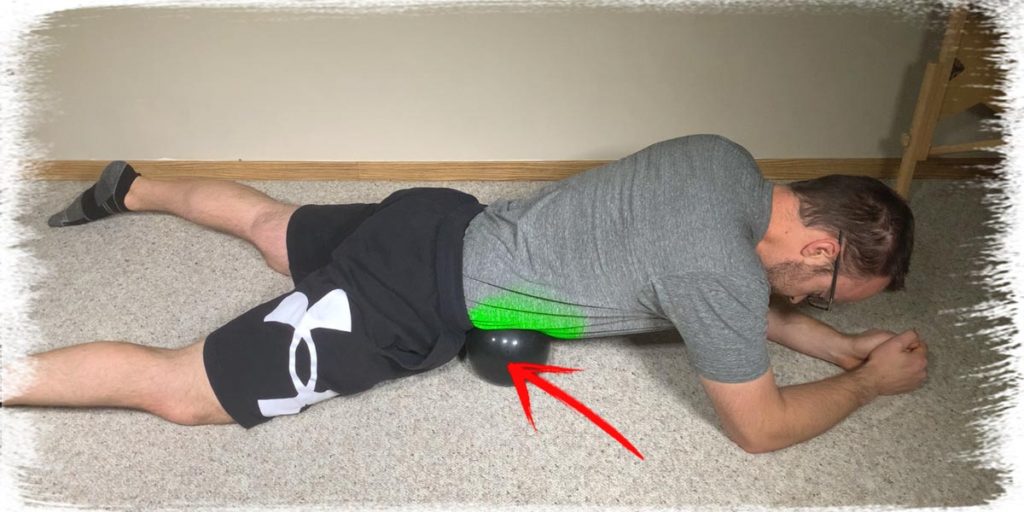
In a sense, you can think of targeting your abdominal fascia as the same principle as targeting surrounding other muscle groups that you took back in step 1.
From an embryological perspective, the abdominal fascia actually links in with the pelvic floor fascia, so reducing any hidden tone in the abdomen is likely to help reduce tone into the pelvic floor muscles.
Some people may find this technique a bit too intense too quickly, even when using a soft, therapeutic ball (discussed below). If this feels like it’s too physically intense, feel free to skip this step entirely.
How to target your abdominal fascia
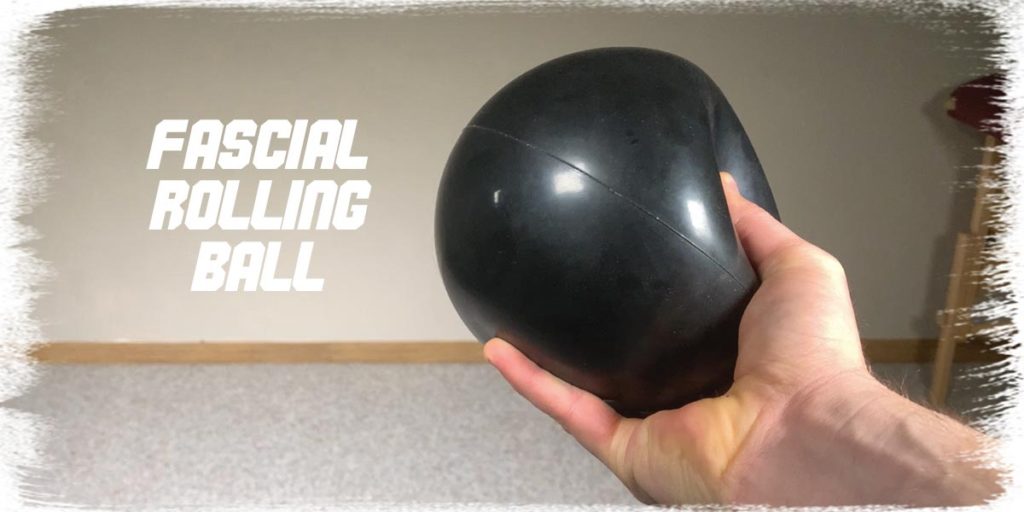
You’ll want to use a soft, therapeutic ball, such as a Pilates ball or chi-ball. It should have a decent amount of give but offer a bit of resistance when you lay on top of it.
Place the ball halfway between your belly button and the bony part of the front of your hip. Lay on the ball and gently stir the ball around until you find a spot that is a bit more tender than the rest of the area. From there, lay on that spot while breathing. Do this for about thirty seconds, then see if there is another nearby spot that you can target.
This process shouldn’t be painful. If you’re experiencing pain, try backing off the pressure. If you’re still experiencing pain, you may need to forego this step for the time being.
As a general rule: Kelsey recommends targeting your abdominal fascia five times per week for approximately five minutes each time.
Step 4: Perform diaphragmatic breathing
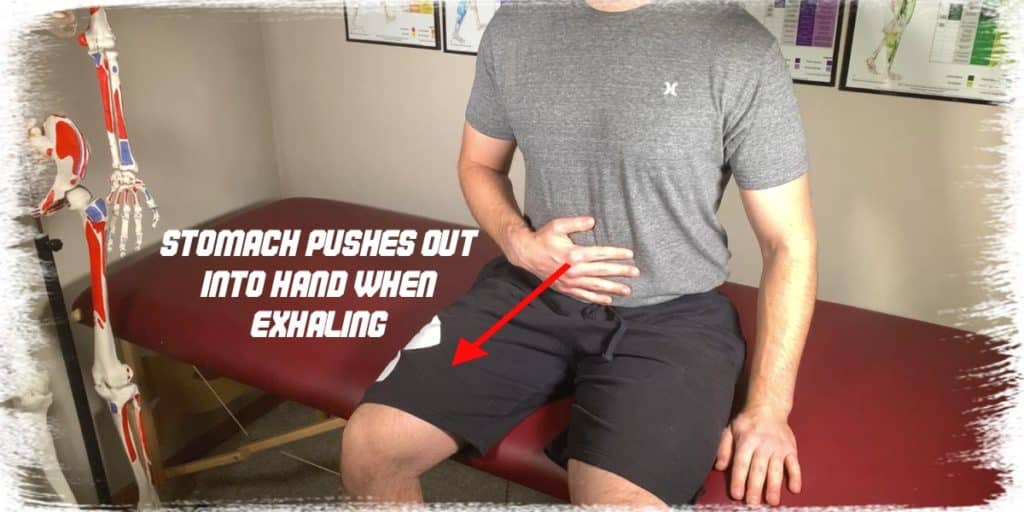
The pelvic floor and the diaphragm are the bottom and top (respectively) of the “core canister.” As a result, the core canister of the body should move up and down like a piston within your body.
Every time you breathe, your diaphragm moves down. It pushes your abdominal contents downwards onto the pelvic floor during this process, and the pelvic floor needs to accommodate for this happening. This means it should expand and relax a little bit with each breath.
So, if you’re not getting deep, diaphragmatic breaths throughout the day, you’re not facilitating relaxation of the pelvic floor muscles.
Therefore, practicing deep, diaphragmatic breathing is an easy way to get some pelvic floor relaxation to occur.
How often to perform diaphragmatic breathing
Kelsey’s recommendation here is to perform deep, diaphragmatic breathing three times every hour an individual is awake. Simply take a deep breath three times. If you’re awake for 16 hours a day, this means that you’re getting 48 repetitions of pelvic floor relaxation to occur each day!
Pro tip: Performing diaphragmatic breathing can also help reduce stress and anxiety, which can act as a great way to assist with step 2 within this article! Nothing like a two-for-one deal!
Step 5: Do this pelvic floor relaxation exercise
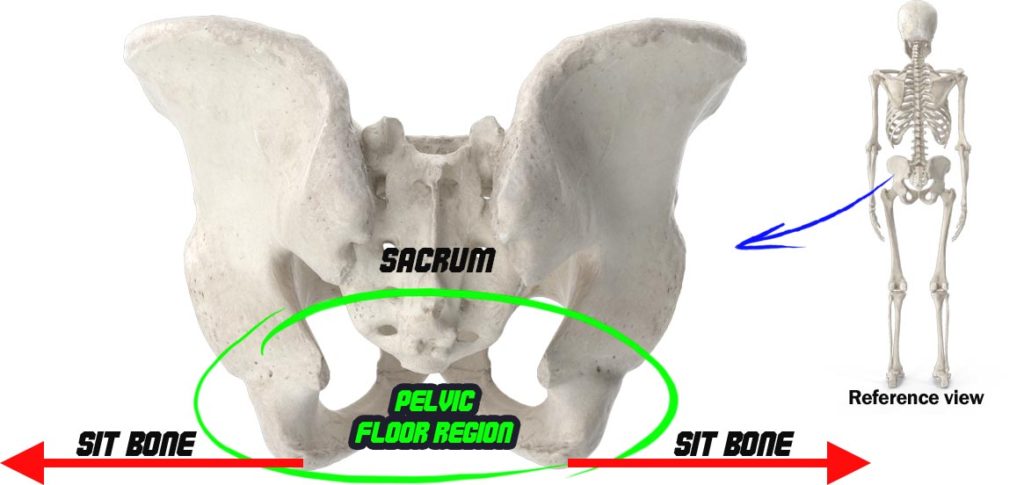
This step is a bit harder to explain without doing, but what Kelsey mentions here is that you need to get comfortable while laying on your back (and your knees bent). With each deep breath you perform, think about expanding and opening the pelvic floor.
This may sound like a weird and abstract concept, but use your mental imagery to imagine your sit bones spreading apart, or for us guys, imagining the area beneath the testes (the perineum) gently pushing outwards (the opposite of a kegel exercise).
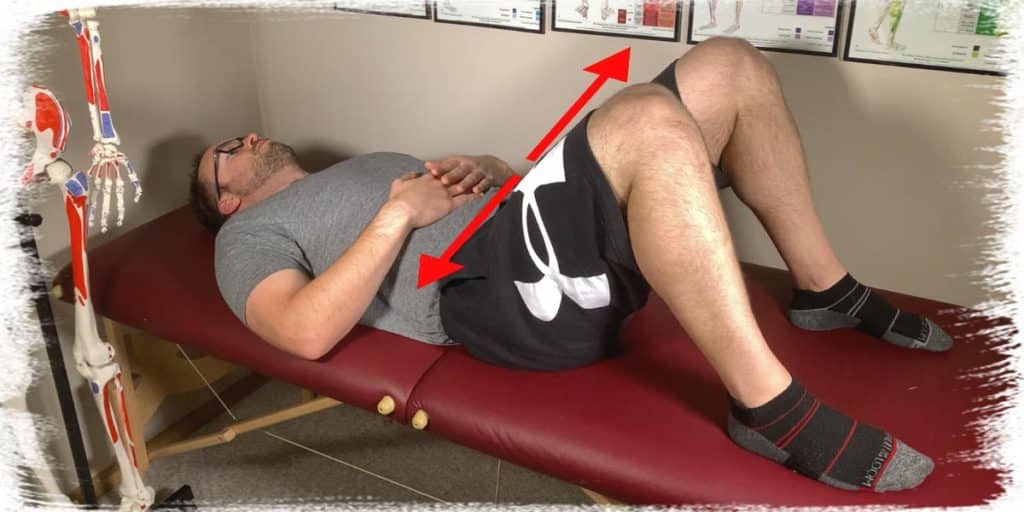
Remember: Kegel exercises are designed to activate or tense the pelvic floor. Since we’re trying to reduce pelvic floor tension here, we need to think about performing the opposite movement (but rather gently).
Since this exercise takes some mental imagery/concentration, it’s a good one to perform when you’re not distracted, such as when lying in bed right before going to sleep or first thing in the morning before getting out of bed.
Step 6: Seeing a specialist
It’s likely not at the top of your list, and as a result, I’ve saved this step for the last of this list. I get it: we guys tend to be pretty sensitive in terms of asking for help, especially when it comes to issues involving the pelvic floor.
Related article: Pro Advice: Find the Best Physical Therapist For You with THESE Tips
Nonetheless, if you don’t have any success with the above steps, and you’re still in discomfort, a visit with a pelvic floor specialist can be a great move to make, as they have many additional strategies and ways in which they can help treat your pelvic floor tension.
Pelvic floor issues involving men are more common than you likely realize, and there is an entire specialty within the world of physical therapy that can help you out. Pelvic floor physical therapists, such as Kelsey, treat men all the time for various issues pertaining to their pelvic floor. It may seem weird to us guys, but it’s nothing out of the ordinary to a pelvic floor specialist.
If you have any stigma around pelvic floor physical therapy being strictly for treating women, both Kelsey and I would encourage you to let it fall by the wayside;
Final thoughts
If you’re a dude who has some ongoing pelvic floor tension, the tips in this article can be a great way to get things under control, helping you to feel better. As always, your best bet is to see a pelvic floor specialist to ensure you have an accurate understanding of what exactly is going on. But, if it’s appropriate for you, give these tips a try!

Hi! I’m Jim Wittstrom, PT, DPT, CSCS, Pn1.
I am a physical therapist who is passionate about all things pertaining to strength & conditioning, human movement, injury prevention and rehabilitation. I created StrengthResurgence.com in order to help others become stronger and healthier. I also love helping aspiring students and therapists fulfill their dreams of becoming successful in school and within their clinical PT practice. Thanks for checking out my site!


